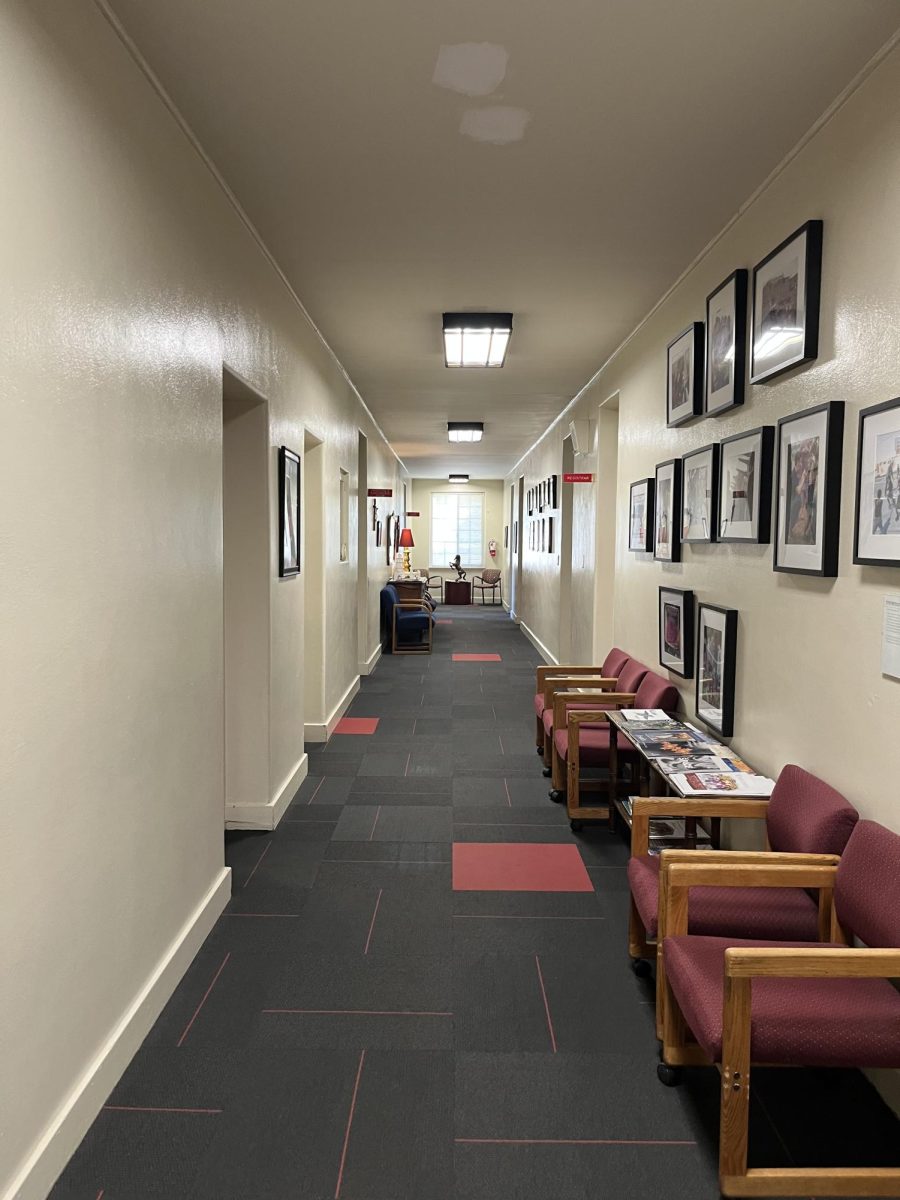By Will Schubert ’15
THE ROUNDUP
Due to a lack of sleep and an abundance of stress, a handful of students suffer from a rare sleep disorder called sleep paralysis.
Sleep paralysis is the phenomena in which people either sleeping or awakening experience an inability to move or speak.
Sleep paralysis may be experienced by 20 to 60 percent of people, depending on the population that is examined, according to huffingtonpost.com.
During these experiences people have reported seeing a “shadowy figure” in their peripheral vision and when they try to yell or scream, it comes out as a faint whisper.
According to Stanfordhospital.org, sleep paralysis is believed to be caused by disruption during REM sleep (a transition into deep sleep), and it can last from several seconds to minutes.
“I woke up and I was just super panicked, I couldn’t move my arms or legs and it was scary,” said Cole Malkoff ’15.
During REM sleep the body is kept relaxed so that dreams are not acted out.
“If this relaxation, or atonia, occurs while the person is awake, it can cause temporary paralysis,” According to “Understanding the Terrors of Sleep Paralysis”, written by Brandon Peters, M.D. “This may be experienced when a REM period is disrupted.”
“When I woke up I saw a dark figure in my doorway and it was really scary because I couldn’t move my legs,” said Dakota Ducar ’15. “I also heard a really loud noise.”
Sleep researchers conclude that sleep paralysis is simply a sign that your body is not moving smoothly through the stages of sleep.
According to dreamstudies.org, there are a few ways to help prevent sleep paralysis such as sleeping on your side instead of your back, no heavy meals before sleep, reducing caffeine in your diet, getting more sleep and meditation.














